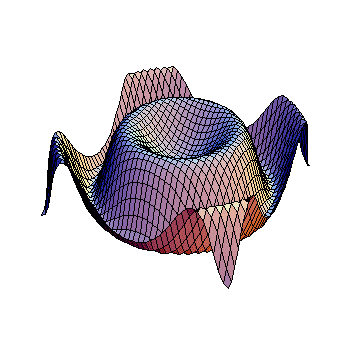Given the first term and the common difference of an arithmetic sequence how do you find the first five terms and explicit formula: a1 = 3/5, d= -1/3?
1 Answer
Explanation:
The concept of an arithmetic sequence is that, from the first term, every term after has a common difference between, so
Which means, that we can rewrite
As for the terms, it's just a matter of evaluating in your matter of choice.

